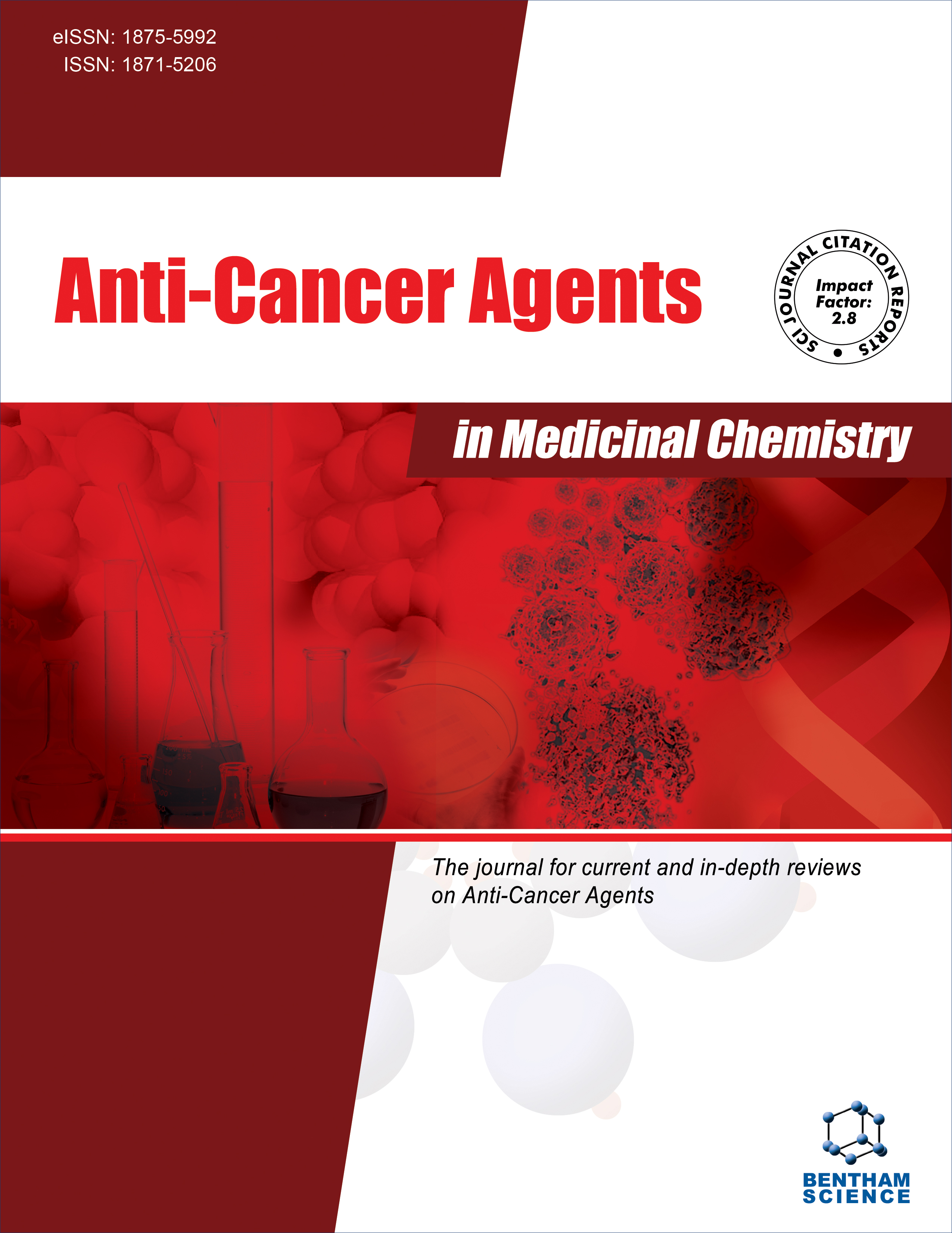
Full text loading...
We use cookies to track usage and preferences.I Understand
Efficient targeted molecular therapeutics are needed for the treatment of triple-negative breast cancer (TNBC), a highly invasive and difficult-to-treat form of breast cancer associated with a poor prognosis.
This study aims to evaluate the potential of selective CDK4/6 inhibitors as a therapeutic option for TNBC by impairing the cell cycle G1 phase through the inhibition of retinoblastoma protein (Rb) phosphorylation.
In this study, we synthesized a compound called JHD205, derived from the chemical structure of Abemaciclib, and examined its inhibitory effects on the malignant characteristics of TNBC cells.
Our results demonstrated that JHD205 exhibited superior tumor growth inhibition compared to Abemaciclib in breast cancer xenograft chicken embryo models. Western blot analysis revealed that JHD205 could dose-dependently degrade CDK4 and CDK6 while also causing abnormal changes in other proteins associated with CDK4/6, such as p-Rb, Rb, and E2F1. Moreover, JHD205 induced apoptosis and DNA damage and inhibited DNA repair by upregulating Caspase3 and p-H2AX protein levels.
Collectively, our findings suggest that JHD205 holds promise as a potential treatment for breast carcinoma.

Article metrics loading...

Full text loading...
References


Data & Media loading...
Supplements

